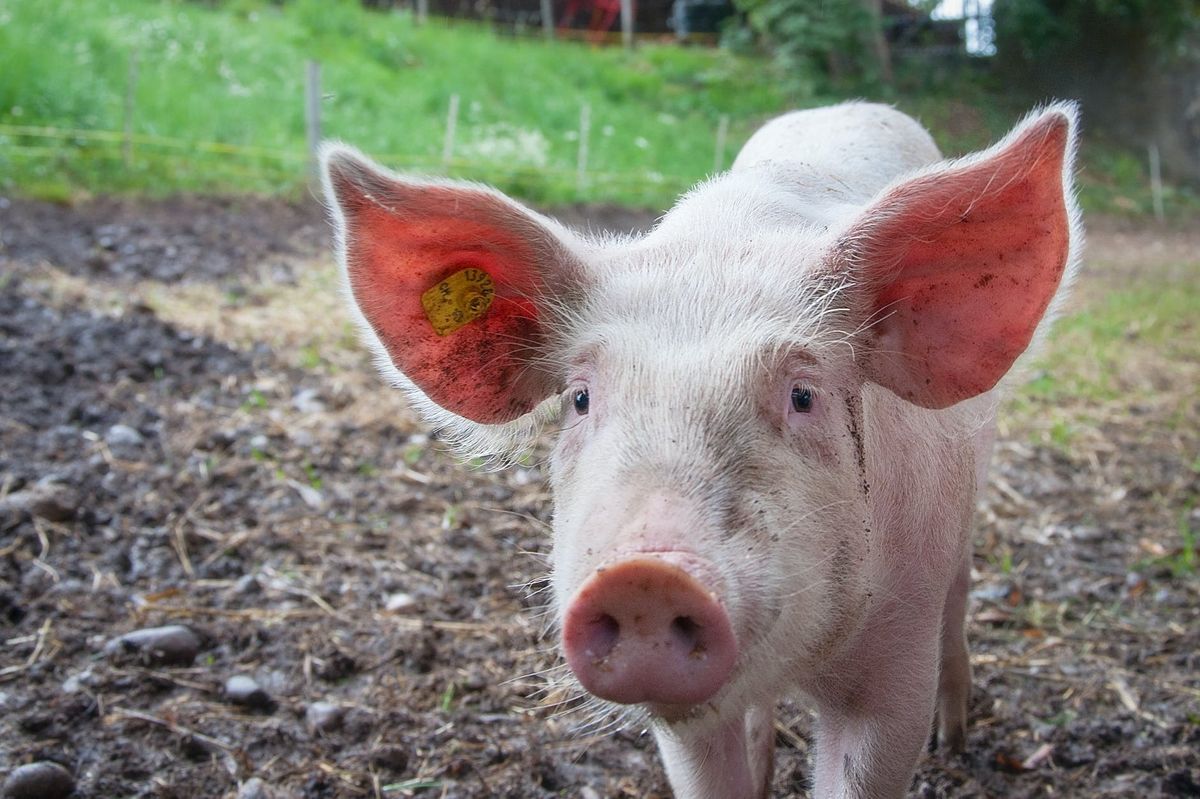There’s a big difference between mostly dead and all dead, it turns out

A few minutes every morning is all you need.
Stay up to date on the world's Headlines and Human Stories. It's fun, it's factual, it's fluff-free.
For a while now, scientists have thought that when an animal (or a human) dies, cells in all the various organs of the body also start dying rapidly.
A recent new finding might challenge that, though.
See, some researchers in the US have developed a technology called OrganEx, which reverses some of the immediate damage that happens when an animal dies. Here’s how it works. First, a synthetic kind of blood gets pumped into the vessels of the animal to carry oxygen around without clotting so that it can pass through the vessels that have collapsed; second, a chemical cocktail gets pumped in to stop the death of cells; and third, a device rhythmically pumps all of this around the body like the heart would.
If that all sounds like it’s from a science fiction novel, you aren’t wrong. But it’s real, and, at least on the pigs these scientists have tried it on, it works to a degree.
Scientists found that when they used the tech on pigs that had been dead for an hour and then used it for another six, the organs in the pig were partially revived with some of their functions restored.
“Things are not as dead as we previously presumed," said researcher Dr. Zvonimir Vrselja. “We have demonstrated that we can actually initiate cell-repair on a molecular level. We can persuade cells not to die."
The tech could make more organs available for transplant and buy doctors more time to save lives if in becomes effectively used in people.




Comments ()